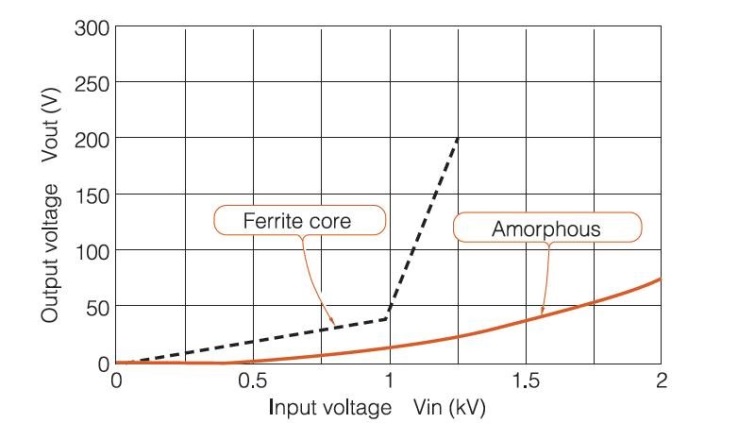Get in touch!
Alternatively, you can contact us like this:
If you're not sure which product you need, try our Quick Product Finder
Technical Centre
EMC/EMI Filters
How to select a line filter to reduce input transients
In addition to EMI (Electro Magnetic Interference) reduction, some EMC line filters are able to provide protection against input transients. These external influences can come from a number of sources and their energy level (measured in Joules) varies accordingly.
High frequency noise is usually generated by power supplies and motor drives. The voltage level is small and the energy level minimal - only several mJ. This can be easily handled by a standard EMI/EMC filter.
Impulsive noise is generated from relay switching or induction motors. Voltages can be in the thousands of Volts with an energy level of hundreds of mJs, significant enough to cause problems with a power supply. Although the IEC 61000-4-4 standard covers product immunity to electrical fast transient voltages on the input lines, the test limits for this are only +/-2kV. For more noisy environments, a filter containing additional protection is recommended.
Surge noise is caused by lightning, and can have significant energy content. The voltage is very high, in the 10s of kVs. This level of energy is best clamped using special lightning arresters.
See Fig 1
TDK-Lambda uses amorphous cores to reduce impulsive noise spikes, rather than metal oxide varistors (MOVs) or voltage dependent resistors (VDRs). MOVs clamp spikes, but degrade over time following multiple line surges. Amorphous cores are made from very thin (μm) ferromagnetic amorphous metal strips wound to form a doughnut shaped core, and do not degrade.
Although the ferrite cores used in most EMI/EMC filters do reduce the amplitude of voltage spikes, they can saturate and cause a significant decrease in attenuation.
Shown below is a comparison between a ferrite core and an amorphous core, and the test method used. It can be seen that the amorphous core out performs the ferrite core.
See Fig 2 & 3
TDK-Lambda’s R series filters that have amorphous cores for high voltage pulsed noise prevention can be found in this selector guide.
Models include:
RSAL 250VAC 0.5 to 6A General purpose
RSAN 250VAC 3 to 60A General purpose
RSMN 250VAC 3 to 60A Two stage filter for better performance
RTAN 500VAC 3 phase 6 to 60A General purpose
RTMN 500VAC 3 phase 6 to 60A Two stage filter for better performance
Power supply failure analysis reports often include independent laboratory test reports that state “component over voltage stress”. The reaction of the recipient is often one of disbelief, claiming that at the time of failure there was no abnormal AC line activity.
Without appropriate protection, input surges can damage a power supply over a long time period, with the effect not seen immediately. High voltage surges will stress and damage both semiconductors and passive components alike, leading to premature failure in the field.
Using a slightly more expensive EMI/EMC filter with pulse attenuation can improve system up-time and reduce expensive service calls.

Fig 1

Fig 2

Fig 3

